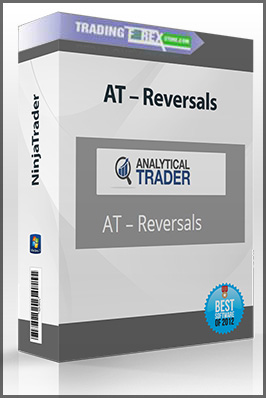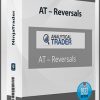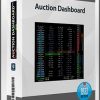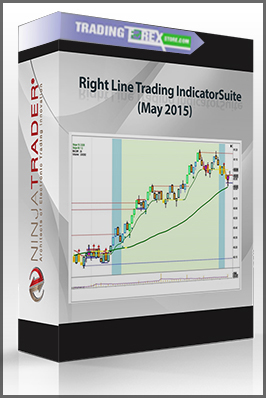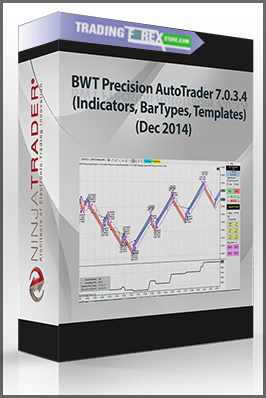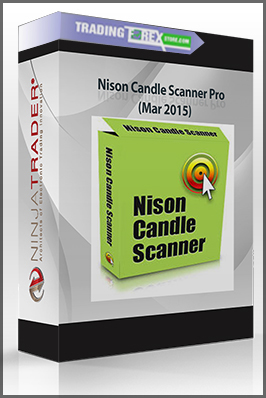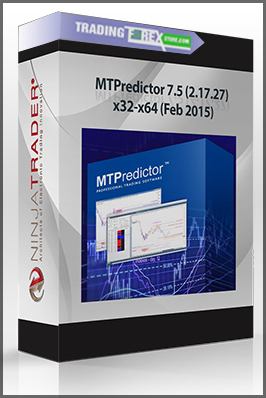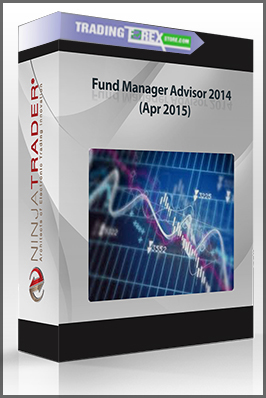AT – Reversals
Original price was: $149.00.$45.00Current price is: $45.00.
Sales Page Price: $149
You Just Pay : $45
Contact us
- Description
Description
AT – Reversals (Jun 2016)
Sales Page : analyticaltrader.com
Files of Product:
Reversals
Reversals searches for volatility patterns to detect price reversals. It has a very high success rate of signaling a market reversal, and it can be used in just about every instrument and market condition, due to the adjustable sensitivity and the pre-optimization it went through. It also features a score rating for the sensitivity chosen, so that you can easily choose the best settings in each given market.
FEATURES
- Accurately points many market reversals, in every timeframe and market
- Strictly non-repainting indicator: it doesn’t wink, redraw, or back-paint any of the reversal signals.
- Easily adjustable sensitivity between 1 and 9 (9 being the most sensitive), with a score rating and total number of reversals calculated for each one of those, which allows the user to choose the best sensitivity for the given market and timeframe
- Saves every setting changed by the user, for future use
- Pre-optimized in the development in a sound way, using statistical methods, for every timeframe
What’s the Rating and How to Choose the Sensitivity
The rating score of the chosen sensitivity is calculated in a very straightforward way, and it simply is the ratio between the number of times the price has a close above (for bullish reversals) the reversal’s bar close, and the total number of reversal signals, on a scale of 0-10.
This means that for higher sensibilities the rating will, in average, go down, due to a higher frequency of signals – the following table should be checked, and will tell you what is a good rating score for any given sensitivity. To make sure the indicator is correctly optimized to the current market conditions, a good Rating should be confirmed visually using the recent price action.
Also important is to make sure the ‘Total’ is 100 or more, when enough data is available. Obviously for weekly or monthly data, it may be difficult for that to happen, and in those cases, the standard value (7) is best to be used.
To find out the best sensitivity it’s recommended to:
- Zoom out the chart (clicking Minus) and check visually a good candidate
- Check if the rating of the sensitivity chosen in 1) is above the minimum rating on the table below. If it’s not, check for another sensitivity.

Total Number
The total number of signals is also an important statistics which you should adjust to your trading style: for scalping you should set it high enough, while for swing trading you might want to pay more attention to the rating score. Aim for a ‘Total’ of 100 or more, so that there are enough reversals to have an adequate sample to calculate the rating.
How to Use
Reversals is an indicator that can be used for entries when used as standalone, but does not form a complete trading system.
It should be combined with the Dynamic Trend (free) to filter the reversals, and to use stop orders for price confirmation. The period should be set as 200 in Dynamic Trend indicator.
In ranging markets, the Supports/Resistances indicator (free) is valuable to more easily notice the prices high and lows.
The strategy should be adjusted whether the market is trending or ranging. In an uptrend, down arrows will usually only signal a minor correction to the trend, and shouldn’t be traded. On the other hand, up arrows usually signal the trend’s continuation. Dynamic Trend indicator will help filter these arrows.
On a ranging market, the indicator tends to be accurate in both directions. This can be seen by either an oscillating dynamic trend, or simply by noticing how the price is moving for the last bars. There is no magic number, however, 50 bars are usually a good number to check if the market is ranging: if 50 bars ago, the price was nearly the same as it is now, most likely the market is beginning to range.
- In a trending market:
- The dynamic trend should be used to filter the arrows. A stop order should be used for a price confirmation (check the picture below)
- If there is a clear trend, you can place the sensitivity at the maximum (9) to catch pullbacks
- After a climax movement, a reversal is very likely to give a low risk – high reward trade
- In a sideways market:
- Both up and down arrows can be used to trade, also using stop orders as in trends
- Use Supports/Resistances to track when the market is breaking out of the range

